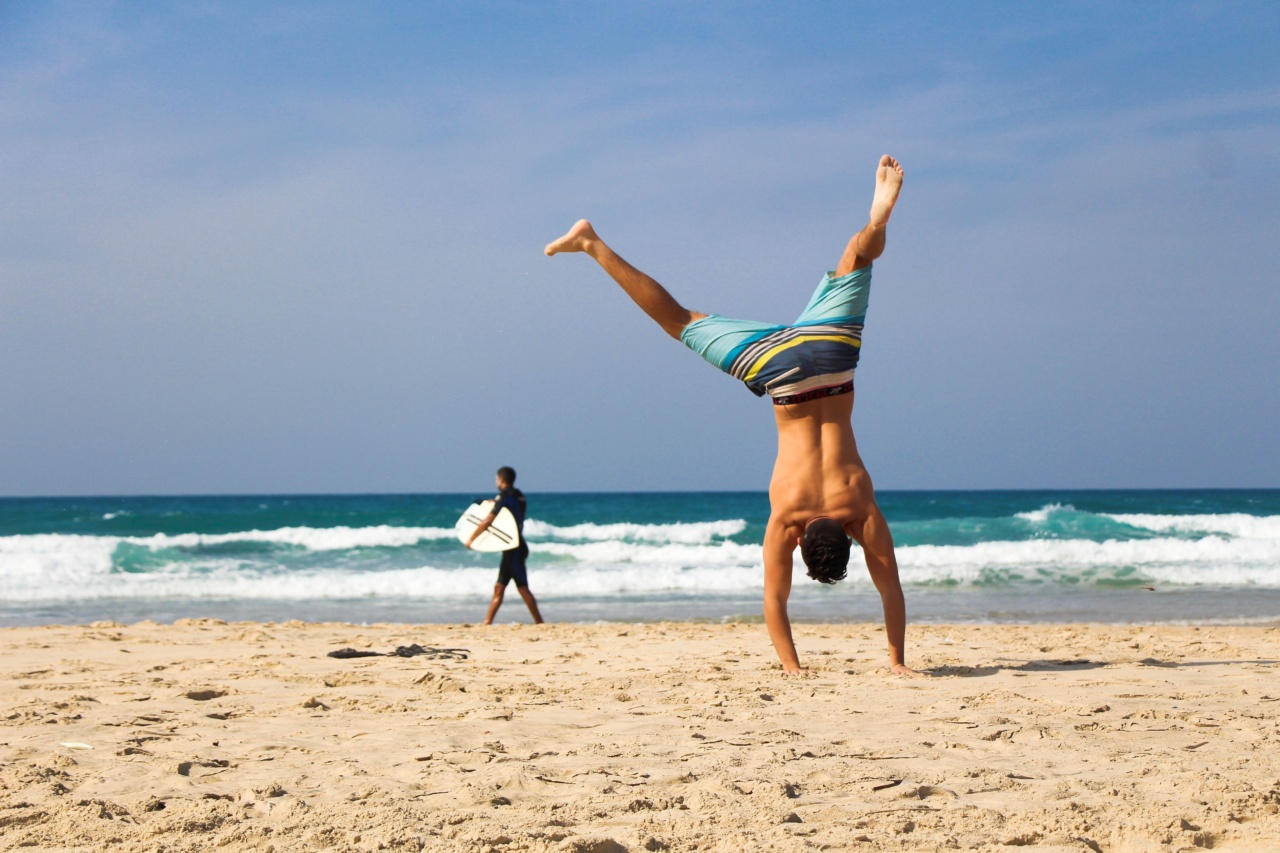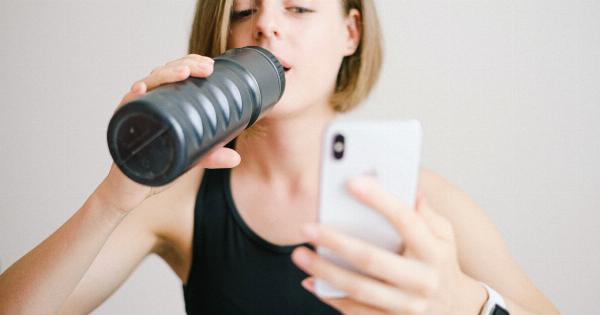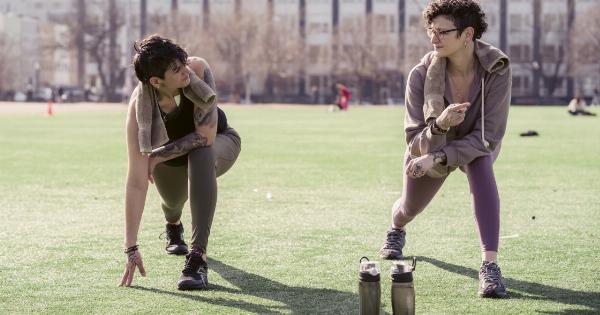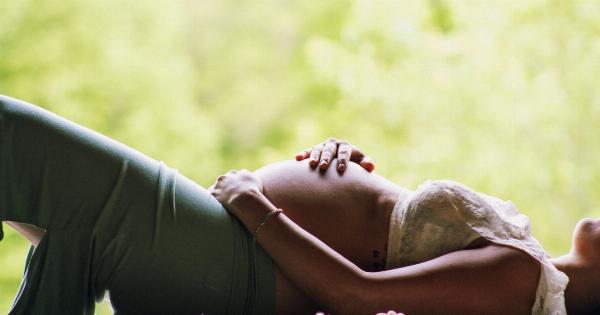Gymnastics is a physically demanding sport that requires a great deal of strength, flexibility, and endurance. After a rigorous workout or training session, it is common to experience muscle soreness and fatigue.
While this is a natural part of the training process, it can be uncomfortable and even painful. In this article, we will discuss some effective ways to soothe sore muscles after gymnastics and improve your recovery time.
1. Stretching
One of the best ways to ease muscle soreness and improve recovery after gymnastics is to stretch. Stretching helps to increase blood flow to the muscles, reducing stiffness and soreness.
Gentle stretches to focus on the muscles that are most sore can help to alleviate any discomfort. Hold each stretch for at least 30 seconds, and repeat as necessary. Some great stretches include forward folds, lunges, and shoulder stretches.
2. Foam Rolling
Foam rolling is a self-massage technique that can help to break up knots and adhesions in the muscles. This can improve blood flow and reduce soreness. Using a foam roller on areas that are particularly tender can provide relief.
Roll slowly back and forth over each muscle group for at least 30 seconds. You can also use a massage ball or a tennis ball to target specific areas of soreness.
3. Ice Bath
An ice bath may sound unpleasant, but it can be incredibly effective in reducing muscle soreness after gymnastics. The cold water helps to reduce inflammation and swelling, which can help to speed up recovery time.
Fill a bathtub with cold water and add a few bags of ice. Sit in the bath for 10-15 minutes, and then take a warm shower to help increase blood flow to the muscles.
4. Epsom Salt Bath
Epsom salt is a natural remedy that can help to soothe sore muscles and reduce inflammation. It contains magnesium, which helps to regulate muscle and nerve function. Adding Epsom salt to a warm bath can help to relax the muscles and ease soreness.
Add 1-2 cups of Epsom salt to a warm bath and soak for 20-30 minutes.
5. Heat Therapy
Heat therapy can help to promote blood flow to the muscles, reducing stiffness and soreness. Use a heating pad or a warm towel to apply heat to the areas where you are most sore.
Be sure to never apply heat for more than 20 minutes at a time, and always use a barrier between your skin and the heat source.
6. Massage
A professional massage can do wonders for sore muscles after gymnastics. A massage therapist can target specific areas of soreness and work out any knots or adhesions in the muscles.
If you can’t get a professional massage, try giving yourself a gentle massage with a foam roller, massage ball, or your hands.
7. Hydration
Drinking plenty of water before, during, and after your gymnastics workout can help to prevent muscle soreness. Dehydration can cause muscles to tighten up and become more prone to injury.
Be sure to drink at least 8 glasses of water per day, and more if you are engaging in intense physical activity.
8. Proper Nutrition
Eating a well-balanced diet that is rich in protein, complex carbohydrates, and healthy fats can help to optimize muscle recovery after gymnastics. Protein is especially important for building and repairing muscle tissue.
Be sure to eat lean sources of protein such as chicken, fish, and tofu. Complex carbohydrates such as whole grains and vegetables help to provide energy for your muscles, while healthy fats such as avocado and nuts can reduce inflammation and promote healthy muscle function.
9. Rest and Recovery
Rest and recovery are essential for reducing muscle soreness and optimizing muscle recovery after gymnastics. Be sure to take days off from training to allow your muscles to rest and recover.
Getting 7-8 hours of sleep per night is also important for muscle recovery. During sleep, your body releases growth hormone, which helps to repair and regenerate muscle tissue.
10. Light Exercise
While it may seem counterintuitive, light exercise can actually help to reduce muscle soreness after gymnastics. Engaging in gentle movements such as walking or yoga can help to increase blood flow to the muscles, reducing stiffness and soreness.
Be sure to take it easy and not overdo it, however, as intense exercise can actually worsen muscle soreness.






























